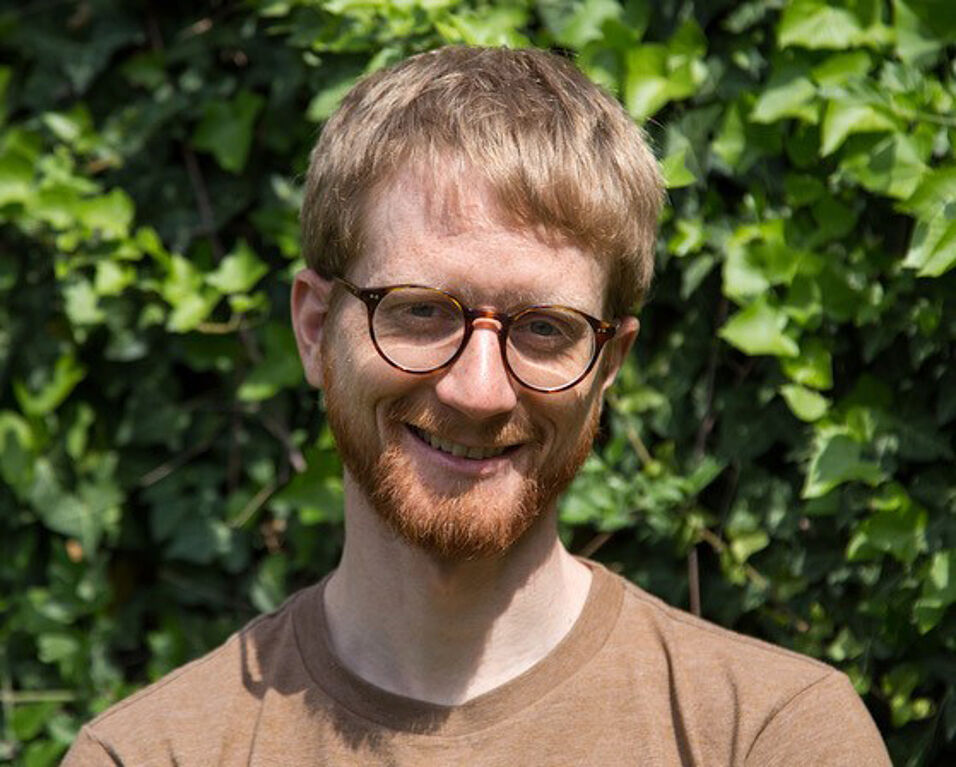Our perception of the world around us appears stable and continuous despite rhythmic interruptions in the form of saccadic eye movements. The visual system achieves this apparent stability by seamlessly integrating percepts from before and after a saccade. This integration mechanism has been conceived as a predictive mechanism with the idea that before an eye movement is made, the visual system predicts post-saccadic foveal input based on pre-saccadic peripheral preview of the saccadic target. I will present experiments that make use of combined electroencephalography (EEG) and eye-tracking as well as behavioral methods to test this prediction hypothesis. Trans-saccadic integration was measured as a preview effect in gaze-contingent designs. Participants made cued saccades to peripheral face stimuli which could change their orientation (upright-to-inverted/inverted-to-upright) or remain the same during the saccade. The result were solid preview effects: Participants were better in a post-saccadic discrimination task when the face remained the same compared to when it changed. The predictive nature of these preview effects was probed by manipulating the proportion of valid and invalid trials in different blocks. This manipulation revealed three stages of trans-saccadic integration in combined EEG and eye-tracking data: a predictive pre-saccadic stage, post-saccadic processing of pre-saccadic information and post-saccadic integration in the fixation-locked N170 component. In addition, a single-trial analysis suggested that trans-saccadic integration flexibly adapted to environmental contingencies. In sum, this research demonstrates the active nature of trans-saccadic perception and supports the idea that the visual system predicts upcoming foveal information based on a peripheral preview of the saccade target.
Dr. Christoph Huber-Huber (University of Trento, IT)
Organiser:
Department Basic Psychological Research and Research Methods (Cognitive Psychology)
Location:
Faculty of Psychology (Lecture hall G, 2nd floor, left wing)

